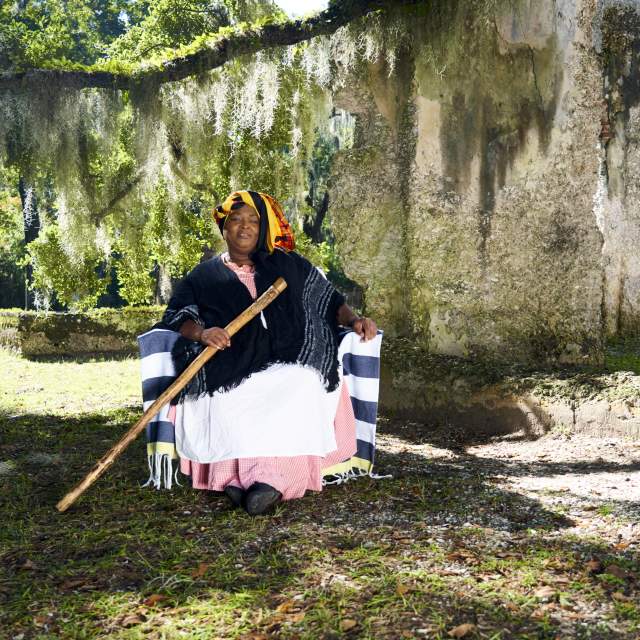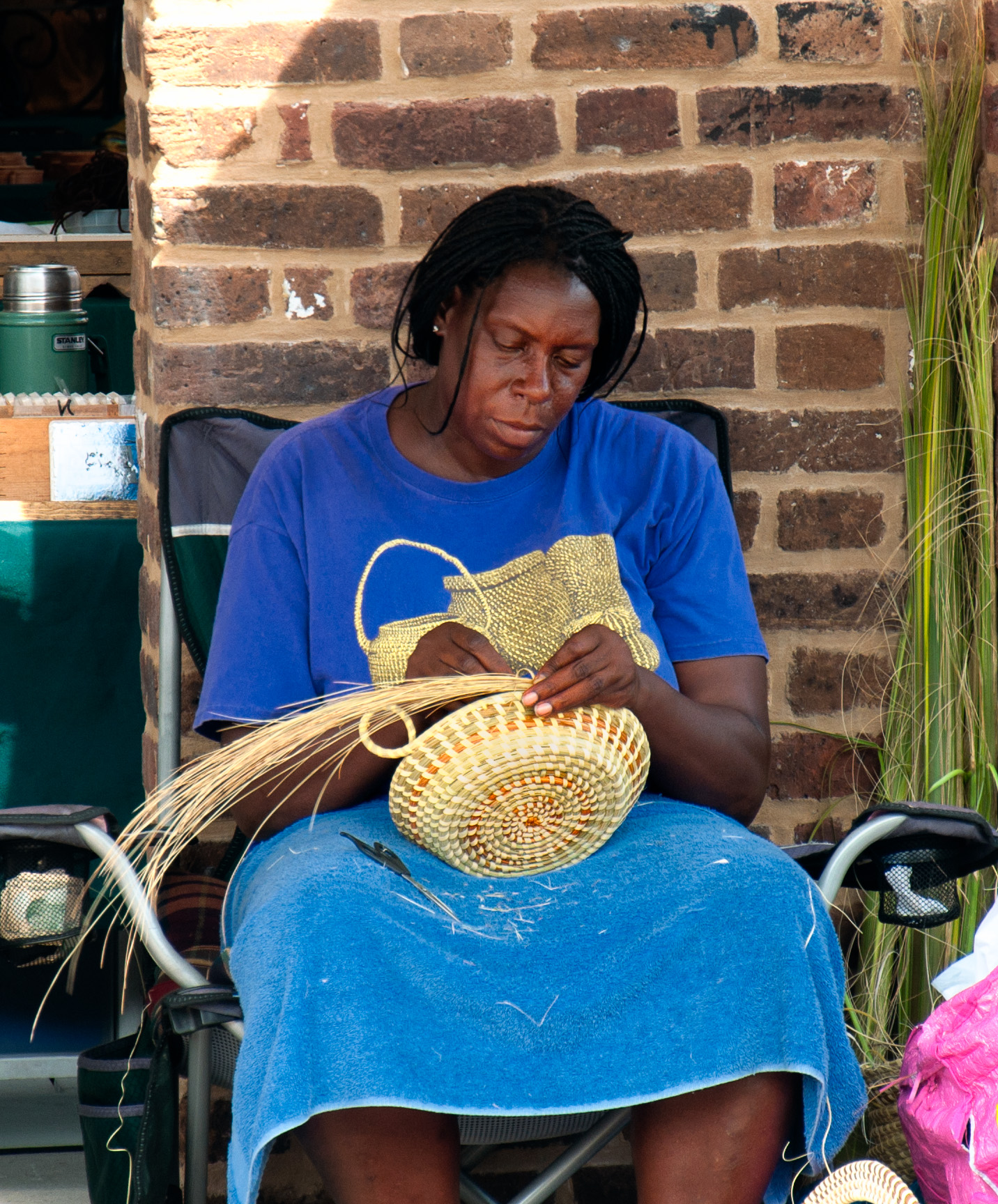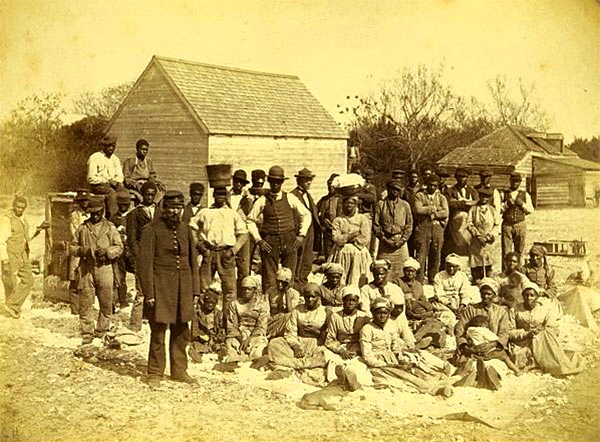Gullah People: The Complete Guide to America's Unique African-American Heritage
Gullah People: The Complete Guide to America's Unique African-American Heritage
Quick Summary: The Gullah people, also known as Gullah Geechee, are African Americans who live along the southeastern U.S. coast from North Carolina to Florida. They maintain unique West African traditions, language, and culture that have survived for over 300 years through relative isolation on the Sea Islands.

Table of Contents
- Who Are the Gullah People?
- The Gullah Geechee Heritage Corridor
- African Origins and the Slavery Connection
- Gullah Language: America's Only African Creole
- Cultural Traditions and Practices
- Modern Challenges and Cultural Preservation
- Visiting Gullah Communities Today
- Frequently Asked Questions
Who Are the Gullah People?
The Gullah people are a distinctive African American ethnic group that primarily inhabits the coastal regions and Sea Islands stretching from Pender County in southern North Carolina to St. Johns County in northern Florida. This area, officially designated as the Gullah Geechee Cultural Heritage Corridor by the National Park Service, encompasses the Low Country and Sea Islands of South Carolina and Georgia.
What makes the Gullah people unique among African American communities is their remarkable preservation of West African cultural practices, their distinct creole language, and their deep connection to the land and sea that sustained their ancestors. The name "Gullah" is believed to derive from "Angola," referring to the West African region from which many of their ancestors originated.
Within the Gullah community, there's a geographic distinction: those living in the South Carolina Low Country are typically called Gullah, while those residing in coastal Georgia and northeastern Florida are known as Geechee. Despite this naming difference, both groups share the same rich cultural heritage and historical experience.

The Gullah Geechee Heritage Corridor
In 2006, the U.S. Congress officially recognized the Gullah Geechee Cultural Heritage Corridor as a National Heritage Area. This 475-mile stretch of coastal land and islands serves as home to more than 200,000 Gullah Geechee people, many of whom still speak the Gullah language—a unique blend of English and West African languages.
The corridor includes significant locations such as:
- Charleston, South Carolina: Historic port city where many enslaved Africans first arrived
- Hilton Head Island: Now a popular resort destination with remaining Gullah communities
- St. Helena Island: Home to Penn Center, a crucial education and cultural preservation site
- Daufuskie Island: Remote Sea Island maintaining traditional Gullah lifestyle
- Sapelo Island, Georgia: State-protected island with one of the last intact Gullah communities
African Origins and the Slavery Connection
The Gullah people are descendants of enslaved West Africans who were forcibly brought to America between the late 17th and early 19th centuries. These individuals came primarily from regions that are now Senegal, Guinea, Sierra Leone, Côte d'Ivoire, and Angola—areas with sophisticated knowledge of rice cultivation, indigo production, and cotton farming.
Plantation owners specifically sought out enslaved Africans with agricultural expertise, particularly in rice cultivation, because the coastal geography of South Carolina and Georgia closely resembled the West African climate and terrain. This knowledge proved invaluable as enslaved farmers transformed over 236,000 acres of untouched land into highly productive rice and cotton fields, making the region one of the most profitable in the antebellum South.
The "Seasoning" Process
Many enslaved Africans were first transported to the West Indies for "seasoning"—a brutal process of acclimatization to slavery conditions and Western Hemisphere diseases—before being brought to Charleston's slave markets. This additional trauma and cultural mixing influenced the development of Gullah culture and language.

Gullah Language: America's Only African Creole
The Gullah language, sometimes called Geechee or Sea Island Creole, represents the only distinctly African creole language in the United States. This English-based vernacular emerged from the mixing of Krio (the language of Sierra Leone), other West African languages, and colonial English.
Linguistic Characteristics
Gullah is characterized by several distinctive features:
- Free morphemes: Words maintain their root form without grammatical modifications
- Multiple negatives: Emphasis through repetition of negative words
- West African syntax: Sentence structures reflecting African language patterns
- Unique vocabulary: Words directly borrowed from African languages
While Gullah shares similarities with Bahamian English in grammar and sound, it maintains unique features that distinguish it as a separate creole language. Unfortunately, Gullah is now considered endangered, with fewer native speakers in each generation, though cultural preservation efforts are working to revitalize the language.
Cultural Traditions and Practices
Gullah culture represents a remarkable fusion of West African traditions adapted to American circumstances. These traditions have been passed down through generations and continue to thrive in many communities today.
Arts and Crafts
Traditional Gullah arts include:
- Sweetgrass basket weaving: Using native sea grass to create functional and decorative baskets, originally used for rice winnowing
- Indigo dyeing: Natural fabric dyeing techniques passed down from African ancestors
- Wood carving: Creating functional and artistic items using traditional techniques
- Pottery: Clay work incorporating African ceramic traditions
Culinary Traditions
Gullah cuisine features unique preparations of local ingredients:
- Rice dishes: Various preparations reflecting West African cooking methods
- Seafood specialties: Shrimp, crab, and fish prepared with traditional seasonings
- Okra and field peas: Vegetables brought from Africa and incorporated into local dishes
- One-pot meals: Dishes like "Frogmore Stew" combining shrimp, sausage, corn, and potatoes
Spiritual Practices
Gullah spiritual traditions blend Christianity with African religious practices:
- Ring shouts: Circular dances performed to religious songs, culminating in spiritual possession
- Call and response: Musical worship style directly inherited from African traditions
- Praise houses: Small community churches serving as centers of spiritual and social life

Modern Challenges and Cultural Preservation
The Gullah Geechee communities face significant challenges in the 21st century as development pressure, rising property taxes, and climate change threaten their ancestral lands and traditional way of life.
Land Loss and Development Pressure
Coastal development has transformed many Sea Islands into luxury resort destinations, forcing Gullah families from ancestral lands. Hilton Head Island exemplifies this transformation—once a predominantly Gullah community, it's now a premier vacation destination where families need visitor passes to access their own cemeteries.
Heirs Property Issues
Many Gullah families face legal challenges related to "heirs property"—land passed down through generations without formal documentation. This traditional form of property transfer, established during Jim Crow when Black landowners avoided white-controlled courts, now creates vulnerabilities as land values soar.
Cultural Preservation Efforts
Despite these challenges, numerous organizations work to preserve Gullah heritage:
- Penn Center: Historic education site offering cultural programs and research
- Gullah Geechee Cultural Heritage Corridor Commission: Federal organization supporting preservation efforts
- International African American Museum: Features extensive Gullah Geechee exhibits and programming
- Local cultural centers: Community-based organizations maintaining traditions and language

Visiting Gullah Communities Today
Visitors interested in experiencing authentic Gullah culture can explore several locations throughout the Heritage Corridor:
Charleston Area
- Charleston City Market: Purchase authentic sweetgrass baskets and Gullah crafts
- Cultural tours: Guided experiences explaining Gullah history and traditions
- Gullah restaurants: Taste traditional cuisine at local establishments
Sea Islands
- St. Helena Island: Visit Penn Center and experience Gullah community life
- Daufuskie Island: Accessible only by boat, offering an authentic island experience
- Sapelo Island, Georgia: State park with guided tours of Gullah communities
Cultural Events
Annual festivals and events celebrate Gullah heritage:
- Gullah Festival (Beaufort): Memorial Day weekend celebration
- Penn Center Heritage Days: November cultural festival
- Gullah Geechee Ring Shout: Traditional spiritual performances throughout the year
Frequently Asked Questions
What's the difference between Gullah and Geechee people?
Gullah and Geechee refer to the same ethnic group with the same cultural heritage. The distinction is primarily geographic: "Gullah" typically refers to people in the South Carolina Low Country, while "Geechee" refers to those in coastal Georgia and northeastern Florida. Both terms are believed to derive from African place names.
Is the Gullah language still spoken today?
Yes, but it's considered endangered. While some Gullah communities still use the language daily, particularly among older generations, the number of native speakers decreases with each generation. Cultural preservation efforts include language education programs and the 2005 translation of the New Testament into Gullah.
Where can I buy authentic Gullah crafts?
Authentic Gullah crafts, particularly sweetgrass baskets, can be purchased at Charleston's City Market, local festivals throughout the Heritage Corridor, and directly from artisans in Gullah communities. Be sure to buy from certified Gullah artisans to support the community and ensure authenticity.
How can I respectfully visit Gullah communities?
When visiting Gullah communities, approach with respect and genuine interest in learning. Support local businesses, take guided tours led by community members, participate in cultural events, and purchase authentic crafts. Avoid treating communities as tourist attractions and remember that these are living communities with ongoing cultural traditions.
What threats do Gullah communities face today?
Modern threats include coastal development and gentrification, rising property taxes forcing families from ancestral lands, climate change and sea level rise, complications with heirs property ownership, and the gradual loss of traditional language and customs as younger generations move away or assimilate into mainstream culture.
Preserving America's Living Heritage
The Gullah people represent one of America's most remarkable cultural treasures—a living link to West African traditions that have survived centuries of challenges. Their story encompasses resilience, creativity, and the power of community in preserving ancestral wisdom while adapting to changing circumstances.
As development pressures and modern challenges threaten these communities, supporting Gullah cultural preservation becomes increasingly important. Whether through visiting respectfully, purchasing authentic crafts, or supporting preservation organizations, everyone can play a role in ensuring this unique American heritage continues for future generations.